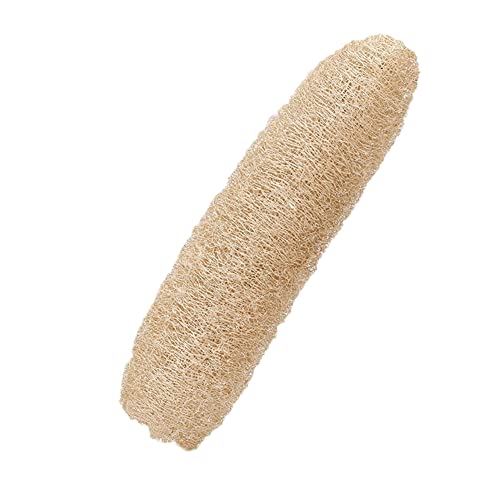I'm after some advice about adding a booster pump to my system.
I've had conflicting advice from three different pump suppliers!
One said put a pump before the pre-filters, another said put it after the pre-filters and the other said that you can't run a booster pump off the mains water and I'd need a static tank to draw water from.
???
My system is at home running off mains water pressure of 35psi.
I've got 2 x 20" pre-filters
1 x 40" RO
1 x resin
Going into a 1000 liter tank.
I would ideally like to up the pressure to between 100 - 120psi
Any advice would be greatly appreciate
I've had conflicting advice from three different pump suppliers!
One said put a pump before the pre-filters, another said put it after the pre-filters and the other said that you can't run a booster pump off the mains water and I'd need a static tank to draw water from.
???
My system is at home running off mains water pressure of 35psi.
I've got 2 x 20" pre-filters
1 x 40" RO
1 x resin
Going into a 1000 liter tank.
I would ideally like to up the pressure to between 100 - 120psi
Any advice would be greatly appreciate
























